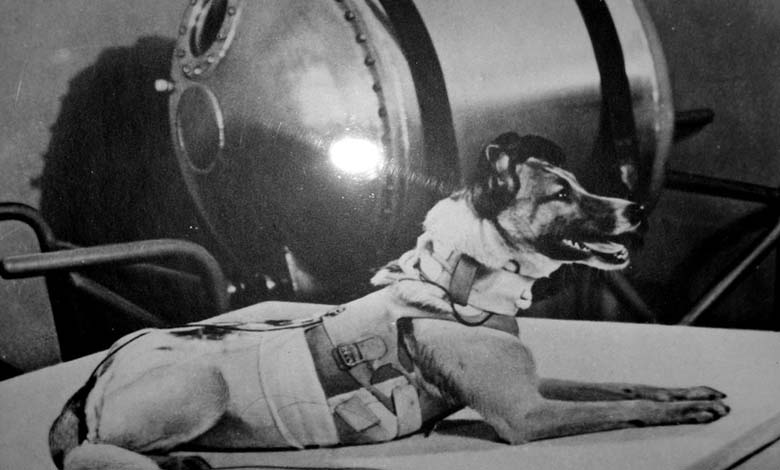The Cosmic “Hot Dog” Dashes Hopes of Finding Extraterrestrial Civilizations

Scientific speculation has placed NASA’s Wide-field Infrared Survey Explorer (WISE), now known as (NEOWISE), at the center of a cosmic misunderstanding.
Earlier this year, scientists speculated that signals detected by (NEOWISE) might be evidence of “Dyson Spheres.” However, one of the senior researchers in the project has suggested that these signals are more likely from something less fanciful and more grounded in our current understanding of the universe: massive dust-covered galaxies known as “Hot Dogs.”
A Dyson Sphere is a theoretical mega-structure first proposed in the 1960s by physicist Freeman Dyson. It is imagined as a way for an advanced civilization to harvest energy directly from a star, and such massive structures could be detected by the excess heat they emit in the form of infrared radiation.
-
The search for a dog with a “tie” sparks laughter among Jordanians
-
“Horrific”: Pet Dog Kills Its Owner (photos)
Earlier this year, a group of researchers published a paper suggesting that (NEOWISE) might have discovered seven of these objects, which could provide evidence of the existence of Dyson Spheres.
However, British astronomer Dr. Andrew Blain from the University of Leicester, a member of the (NEOWISE) research team, dismissed these conclusions as premature. In statements reported by “The Space Dot Com,” he said, “These signals are more likely from galaxies known as (Hot Dogs), which are bright in infrared but hidden in visible light due to thick clouds of dust.”
-
“Dangerous” dog kills owner on her birthday
-
“Stray Dogs”: A Phenomenon Causing Fear and Division in Turkey
These galaxies contain massive black holes at their centers, which feed on surrounding matter and emit vast amounts of infrared radiation, very similar to the kind of signal one would expect from a Dyson Sphere.
Dr. Blain explained, “While the idea of discovering Dyson Spheres is exciting, the evidence points to (Hot Dogs). There are enough of these galaxies in the region (NEOWISE) was searching to easily confuse their infrared signatures with something more exotic like a Dyson Sphere.”
-
Historic Ruling: Dog Breeding Company Fined $35 Million
-
For the First Time… “First Class” Air Travel for Dogs
The confusion arises because data from (NEOWISE), originally launched to map the sky in infrared, can sometimes make these galaxies appear like stars with unusual energy patterns.
With the survey of millions of stars, it’s likely that some (Hot Dog) galaxies were mistaken for more speculative objects.
The (Hot Dog) galaxies, first discovered by (NEOWISE) in the early 2000s, are among the most powerful and luminous galaxies in the universe. One such galaxy, (J2246-0526), was identified as the most luminous galaxy ever when it was discovered in 2015.
While the debate over Dyson Spheres may continue, Dr. Blain believes that focusing on (Hot Dog) galaxies could lead to exciting discoveries about black holes and galaxy evolution.












